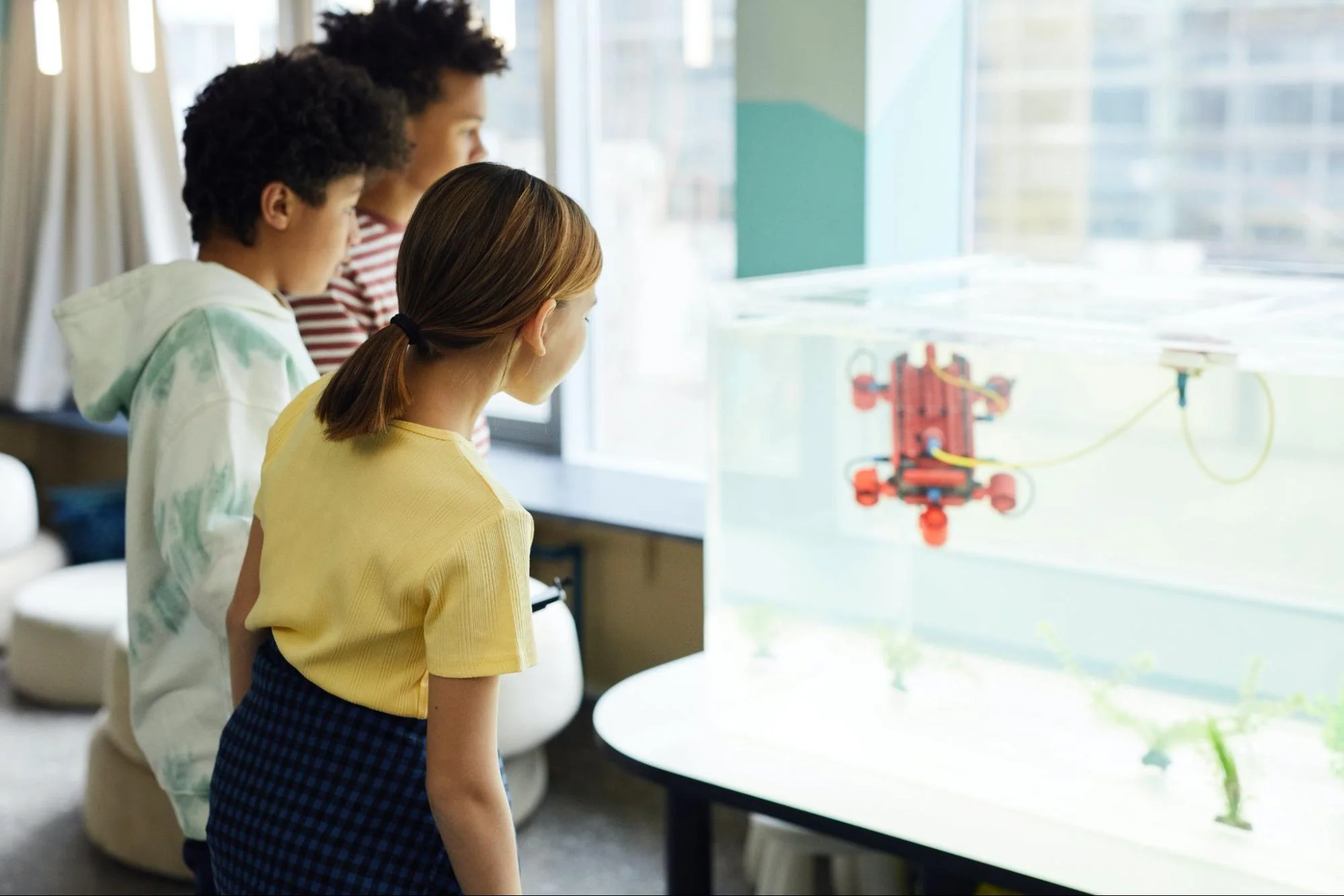Update: This article was last updated on 11th June 2024 to reflect the accuracy and up-to-date information on the page.

What comes to your mind when you think about engineers or engineering?
Many thoughts come to mind when we think about becoming an engineer. The first thing that comes to mind is the challenges and the determination required to succeed in this demanding field. Also, the amount of hard work involved in mastering complex subjects and the relentless dedication needed to learn and apply new concepts. We also wonder how engineers tackle a rigorous curriculum, navigate through intricate problems, and continuously push the boundaries of innovation.
Engineering is in no way an easy stream and we all know that and still, it is one of the most sought-after courses and for all the right reasons. Ever wondered why engineering is so important? To put it in simple words, all development you see around you is a piece of engineering work. Be it a bridge, your house, your office, a machine, electronic equipment, a toy, you name it. It requires the mind of an engineer to build anything new and bring about a change.
For a long time, there have been debates on whether to incorporate engineering in the early years of the school curriculum to make it easier for children to understand the whole concept.
Early Introduction

Extensive research has been carried out on this topic and advocates for introducing engineering at an early age, have presented strong observations and suggestions.
Researchers say that engineering “habits of mind” or engineering thinking underscores design processes and includes systems thinking, innovative problem-finding and solving, visualizing, collaborating, and communicating.
According to Young Engineers, introducing children to engineering classes early fosters reasoning and executive functioning skills through engineering design processes. This approach is helpful for youngsters who are just beginning to learn how to make informed decisions.
You ask an engineer whether incorporating engineering in schools would be a good idea and the answer would be in the affirmative. Just imagine if engineers could learn the basics right from the beginning, albeit at a slow and easy pace. Not only would they have found it much easier later, but could have also utilized their time in gaining practical knowledge in college.
Engineering is a profession that applies and experiments using scientific and mathematical knowledge to find ways to make our lives easier and better. It is their job to see whether the idea is feasible, if not, then how to make that idea feasible, how an idea can be improvised, and then executing that idea to bring it to reality.
Recommended Reading: Play And Learn Engineering Educational Stem Games
Let me give you an example of things that probably go unnoticed on a day-to-day basis. So, let’s say you are driving at 75 mph on I-95.
Now, we all know that not all roads are straight and there are several curves and turns that we come across. Have you ever wondered why you don’t need to drop the speed of your vehicle or press on the brakes even when your car goes through these curves and turns? Why doesn’t your car skid off the lane when taking these turns at high speed?
It is because the roads are banked and it takes an engineer to decide the banking angle to ensure that the car does not topple over. Road banking simply means that the roads are slanted in such a way that the road curves support the speed of the vehicle to ensure that it does not tumble.
Recommended Reading: Discover The Easiest Engineering Degrees in 2024
Benefits of Early Introduction

This being said, engineering is also one of the most difficult streams. There are over 25 different areas of study within the engineering discipline.
Some of these are civil, mechanical, biomedical, chemical, electrical, geological, architectural, industrial, aerospace, software, and nuclear engineering. Each discipline has many sub-categories. However, at the core, all engineering disciplines share certain fundamental competencies that have to be mastered to enter the world of this extremely competitive profession.
The advantages of introducing engineering from a young age, according to specialists and researchers:
1. Actively apply scientific and mathematical understanding to solve real-world challenges
Studies show that introducing engineering concepts and practices into regular classroom activities can have a profound impact on young learners. This isn’t just about building things – it’s about fostering a deeper understanding of STEM subjects (Science, Technology, Engineering, and Math) from a young age. By incorporating engineering design challenges into existing curriculums, children are exposed to problems that require them to draw upon knowledge from various disciplines. This approach goes beyond rote memorization of facts. Instead, it encourages children to actively apply their scientific and mathematical understanding to solve real-world challenges.
2. Boosts Imagination and Creativity
All children are “natural engineers,” according to Tamecia Jones, Ph.D., an assistant professor of STEM education at the NC State College of Education. Children have the best imaginations and creative minds, so exposing them to engineering concepts and education in grades K–12 can foster their creative thinking and confidence in their ability to solve issues.
For Jones, adding arithmetic, physics, chemistry, structures, and circuits to a concept takes it beyond “magic.” Jones studies various ways to gauge children’s knowledge while they work on engineering projects. Students’ curiosity grows and concepts become less daunting the earlier you expose them.
3. Fosters adaptive expertise
Engineering-based problems encourage them to not only learn about the problem but also to reflect on and potentially reshape their existing knowledge and experiences. These problems are often designed with specific constraints, prompting students to identify the relevant knowledge they possess and how it can be applied. For example, there’s a curriculum called “PictureSTEM” that introduces young students to STEM-based problems. Students first define and develop a clear understanding of the issue at hand, including the underlying scientific and mathematical principles involved. This knowledge is then solidified as students engage in hands-on activities related to those disciplines.
4. Apply Design Process
Finally, they learn how to apply design processes to create solutions that address the problem effectively. Through this process, students develop a deeper understanding of STEM subjects and gain valuable problem-solving and critical-thinking skills that benefit them throughout their academic careers.
According to The American Society of Mechanical Engineers, about half of students pursuing an engineering major change their field of study or drop out before graduating. An early introduction can assist in resolving this issue.
Some find the stream too difficult, while some feel it lacks academic success or the subjects do not match their area of interest. This results in stress and loss of time.
Therefore, it makes all the more sense to introduce engineering at an early stage so that children can understand what it is all about, as the basics will be clear and out of the way once they enter an engineering college. It will also help them narrow down on which engineering discipline they want to opt for or whether or not they are interested in taking it up at all.
Moonpreneur is on a mission to disrupt traditional education and future-proof the next generation with holistic learning solutions. Its Innovator Program is building tomorrow’s workforce by training students in AI/ML, Robotics, Coding, IoT, and Apps, enabling entrepreneurship through experiential learning.























How can I initiate students into the field of engineering?
Consider incorporating a brief five-minute discussion on engineering in your upcoming math or science lessons. Highlight specific types of engineers who leverage the fundamental skills your students are currently acquiring, emphasizing the practical applications that forge tangible real-world connections and enhance motivation.